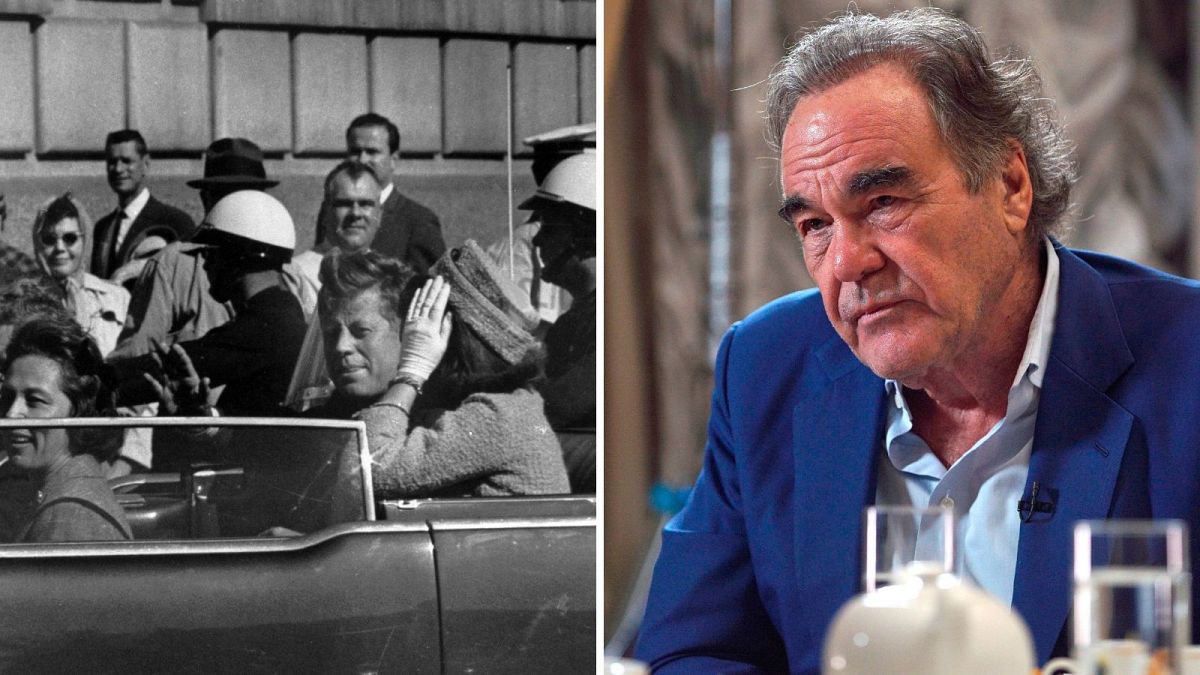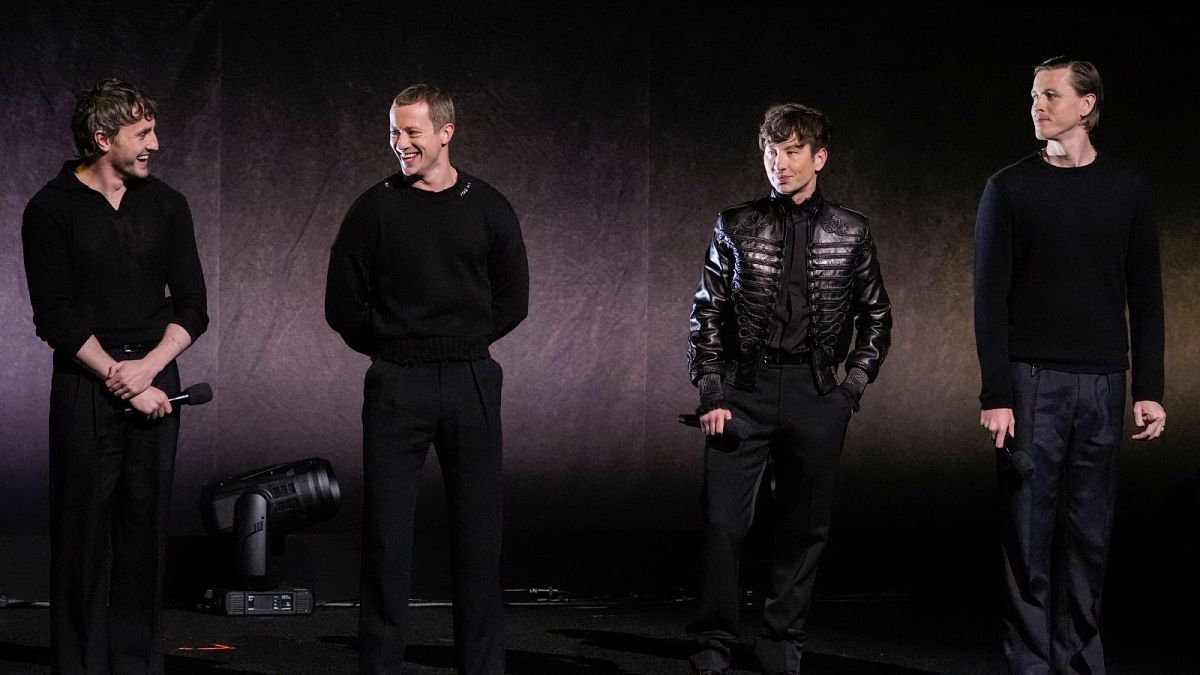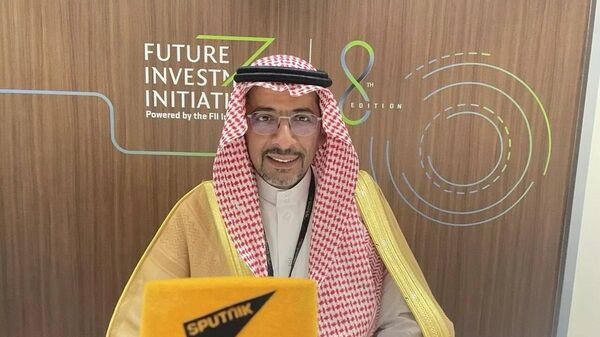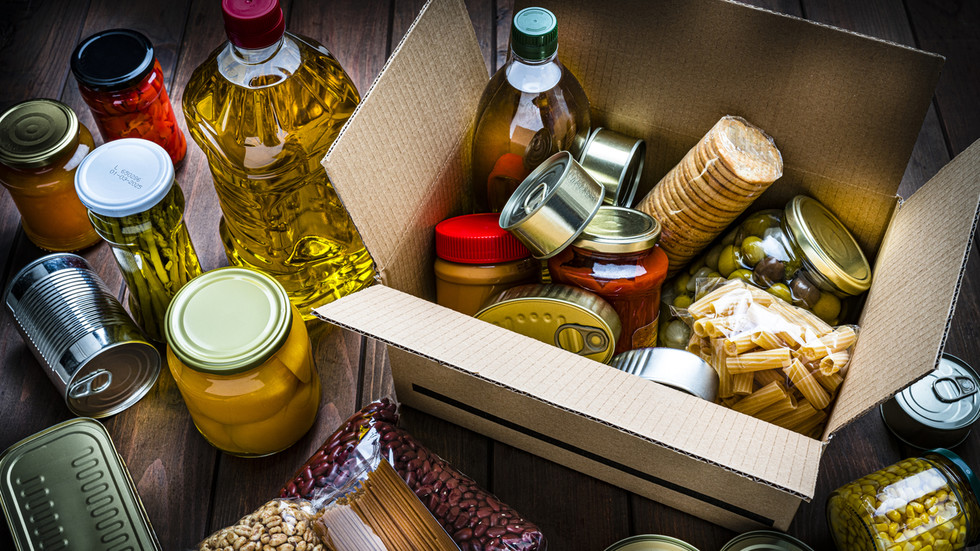The massive Portlantis building in Rotterdam celebrates the past, present and future of Europe's largest port, and the spirit of an underdog city. The centre, billed as "a machine for storytelling", is one of a series of new cultural attractions in a city known for innovation and experimentation.
We might be consistently blown away by the sheer scale of international ports with their monster cargo ships, cranes, acres of containers stacked like Lego bricks and fleets of trucks, but how many of us really know how a port operates?
Rotterdam, the biggest and busiest in Europe, is demystifying its past, present and looking to the future with the new Portlantis, a massive visitor and exhibition centre designed by renowned Rotterdam-based architecture firm MVRDV and located at the port’s southwestern corner.
Constructed as five rotated spaces with an outer red staircase to the rooftop, the building is surrounded by dunes, with views out to the North Sea and to the massive cargo docks. The no-nonsense industrial design was masterminded by architect Winy Maas, one of MVRDV’s founding partners.
The project, commissioned and funded by the Rotterdam Port Authority, is close to Maas’ heart.
“As a kid I fell in love with this landscape of boxes and I biked and hiked around these gigantic structures. It is the opposite of the cuteness we associate with the Netherlands,” says Maas.
“The question was how to compete with the windmills, ships and containers? The structure is made from the materials of the port — recycled steel, which is resistant to salt, dust and wind."
Located on Maasvlakte II, a vast artificial land extension 44km from the city centre, Portlantis' design upholds "circular economy" principles, and is fully energy-neutral thanks to efficient insulation, 266 solar panels and its own wind turbine.
Its form echoes the port's stacked containers, but boasts panoramic windows and a soaring 22m atrium hung with a giant kinetic sculpture featuring chrome yellow symbols of the port such as a chain and anchor.
“It feels a bit James Bond,” smiles Maas — but inside, the exhibition centre is more Willy Wonka. Designed by Herman Kossman of Kossmanndejong and Portlantis’ creative director Piet-Harm Strong, the three-storey show addresses different themes of past, present and future.
“The function and operation of the port is so complex,” says Strong of their mission to highlight and animate the port’s operations: myriad trucks and warehouses, 80 container ships docking every day, petro-chemical industries processing crude oil, and the possibility of a greener future ahead.
“Everything you might use in a day from your sneakers to a banana, water bottle, to washing machines, furniture and bike parts, very likely passed through the port. Sixty percent of the stuff around us has a connection with Rotterdam port. It’s food for thought when you go home,” says Strong.
The first floor is all about today's port — shipping, cargo, industry and infrastructure — and includes a chemical lab and a workshop. The second floor explores the impact of the port on the economy, employment and environment, and third considers the future of the port through innovations and energy transition.
Each zone is immersive, and interactive with games, workshops and easy to digest information. On reaching the third floor, visitors are given iPads to explore possible solutions and outcomes as the port reinvents itself in the nation’s bid to be carbon neutral by 2050, with offshore wind, biofuel production and battery recycling all potential options. There's even a virtual reality helicopter ride that simulates a daredevil flight over the port.
At present, says Strong, 50% of trade is connected to fossil fuel. On the environmental note, a series of vitrines are dedicated to the flora and fauna, including many rare birds.
Portlantis is small but punchy, and is aimed at a broad audience — everyone from school pupils and students considering a career in the port to corporate visitors, international port authorities and the general public.
Eileen Niks, Portlantis Programme Manager, estimates an annual footfall of 150,000 visitors. The roof top restaurant and a stroll across the dunes is a big plus.
The centre, billed as "a machine for storytelling", is one of a series of new cultural attractions in Rotterdam, a city known for its innovative thinking and experimentation.
With a 10% uptick in visitor numbers in 2024, Rotterdam will soon see the launch of Fenix Museum, the world’s first centre dedicated to migration, and the reopening of Netherlands Photo Museum in its new home, a former 1903 coffee warehouse in the docklands area. It seems like the former underdog city is coming into its own.
Bombed during the Second World War, the modern cityscape is the opposite of historic Amsterdam, it is home to thriving global architectural practices including MVDRV and OMA, and a buoyant design scene with makers benefiting from empty industrial spaces and low rents. But as Portlantis demonstrates, much of its economy and identity revolves around the port.
“We are not Paris, Rome or Amsterdam," says vice mayor Robert Simons. "We are focussed on innovation — and the energy of the port can felt in the city’s heart."

 1 day ago
4
1 day ago
4






 We deliver critical software at unparalleled value and speed to help your business thrive
We deliver critical software at unparalleled value and speed to help your business thrive






 English (US) ·
English (US) ·